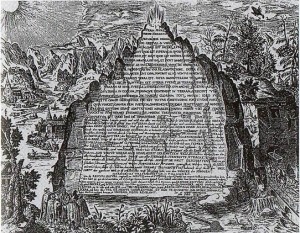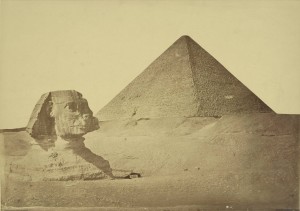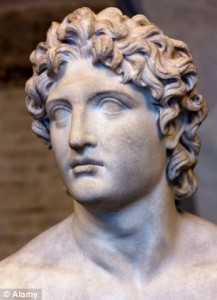The Tablet That Contains The Secrets of Creation
The Emerald Tablet. Have you heard of it? This enigmatic object has many presumed sources – one of which is the the city of Atlantis itself. Other possible associations include the Ark of the Covenant, the tomb of Hermes, and the Medieval and Renaissance era alchemical texts…
“The origins of Western alchemy can be traced back to Hellenistic Egypt, in particular to the city of Alexandria. One of the most important characters in the mythology of alchemy is Hermes Trismegistus (Hermes the Thrice-Great). The name of this figure is derived from the Egyptian god of wisdom, Thoth and his Greek counterpart, Hermes. The Hermetica, which is said to be written by Hermes Trismegistus, is generally regarded as the basis of Western alchemical philosophy and practice. In addition, Hermes Trismegistus is also believed to be the author of the Emerald Tablet.
The Emerald Tablet is said to be a tablet of emerald or green stone inscribed with the secrets of the universe. The source of the original Emerald Tablet is unclear, hence it is surrounded by legends. The most common legend claims that the tablet was found in a caved tomb under the statue of Hermes in Tyana, clutched in the hands of the corpse of Hermes Trismegistus himself. Another legend suggests that it was the third son of Adam and Eve, Seth, who originally wrote it. Others believed that the tablet was once held within the Ark of the Covenant”…
See the rest here.
Share


